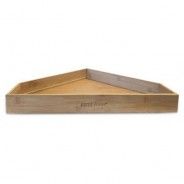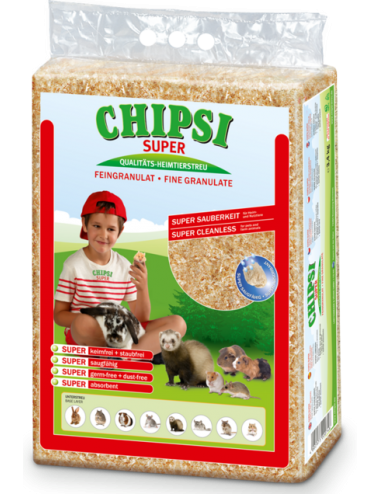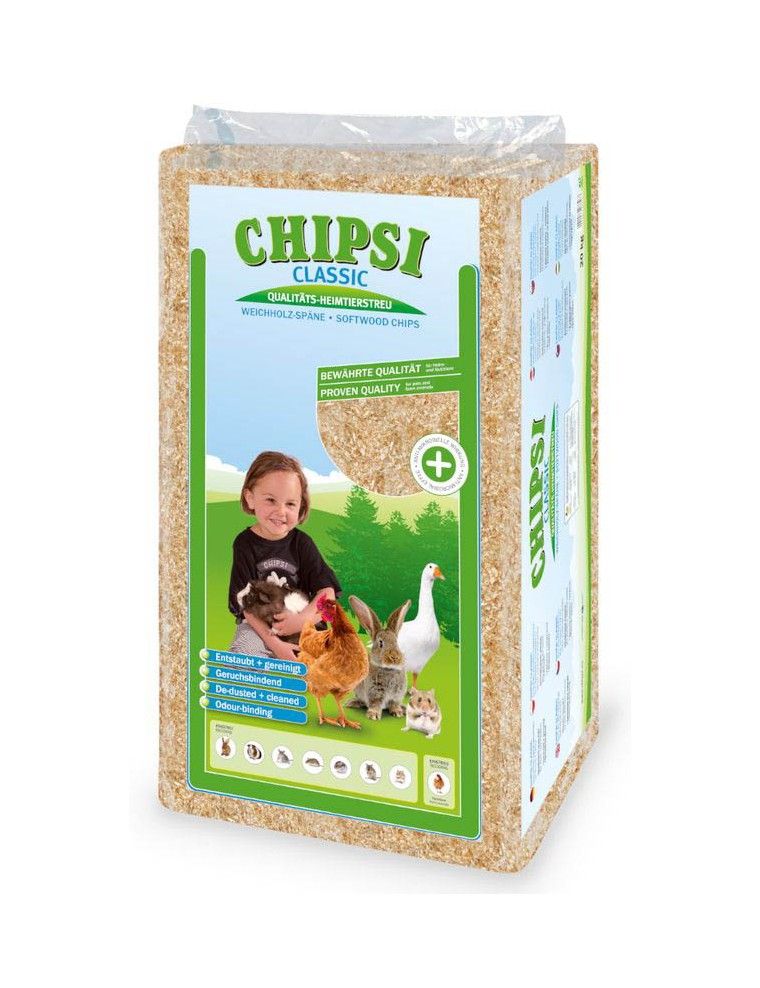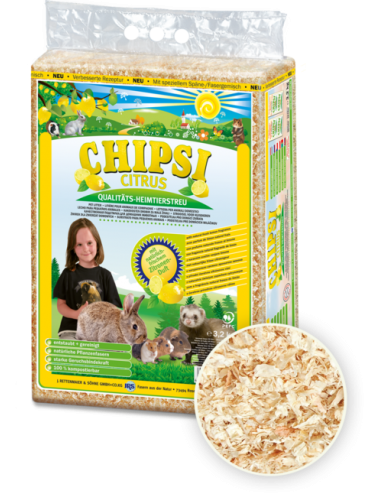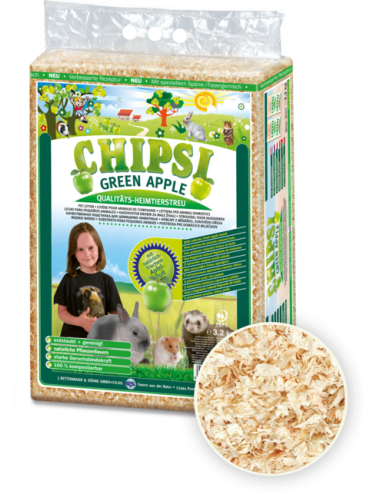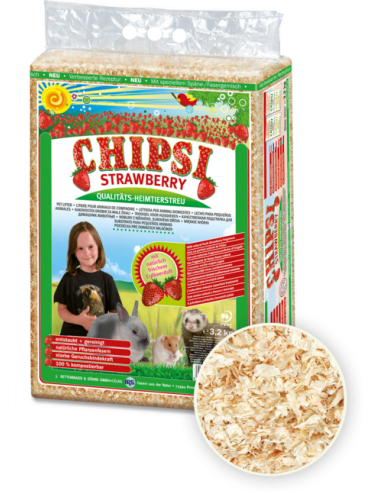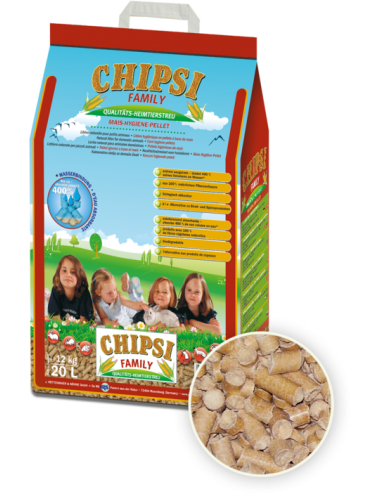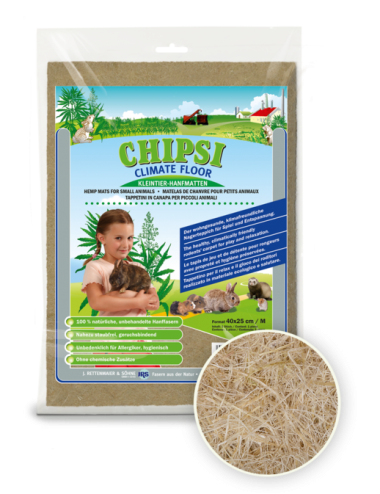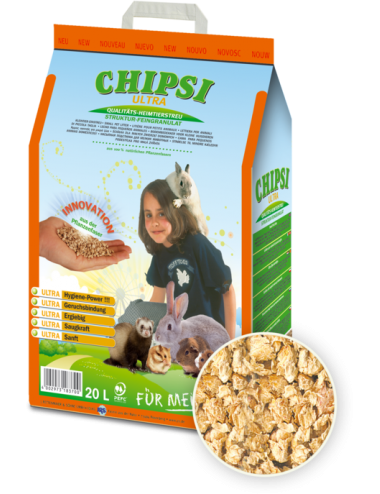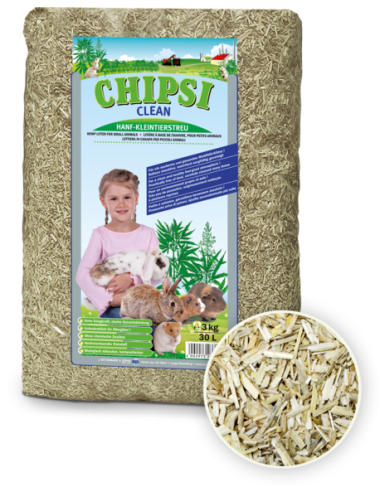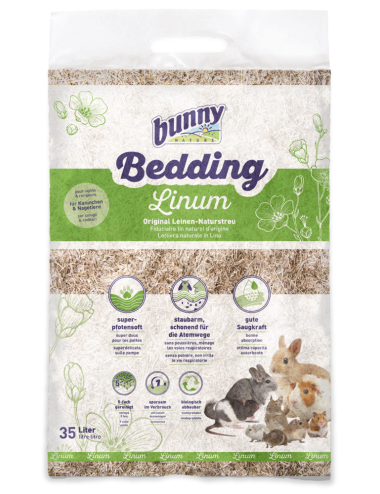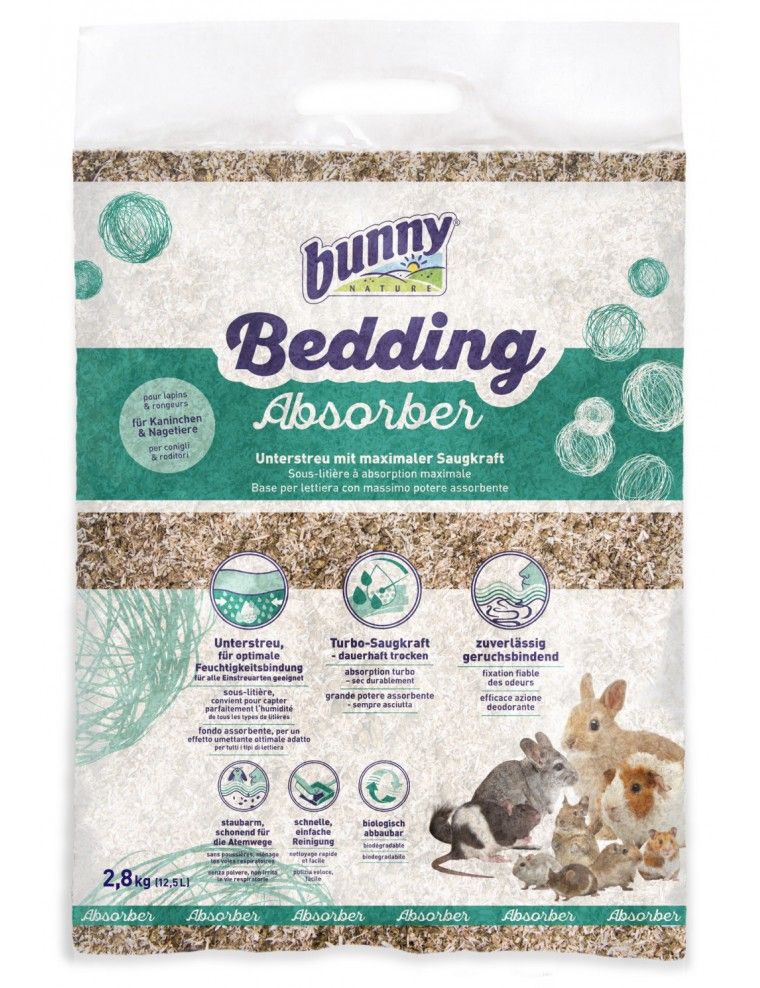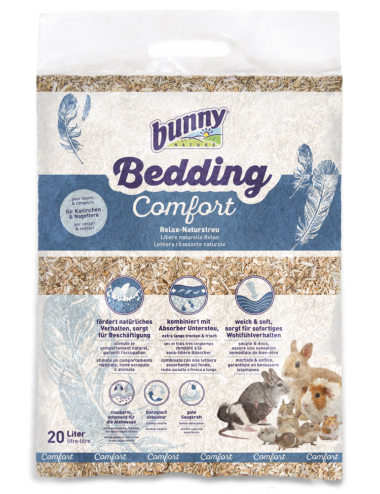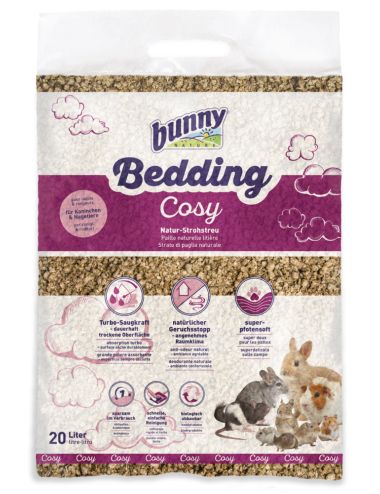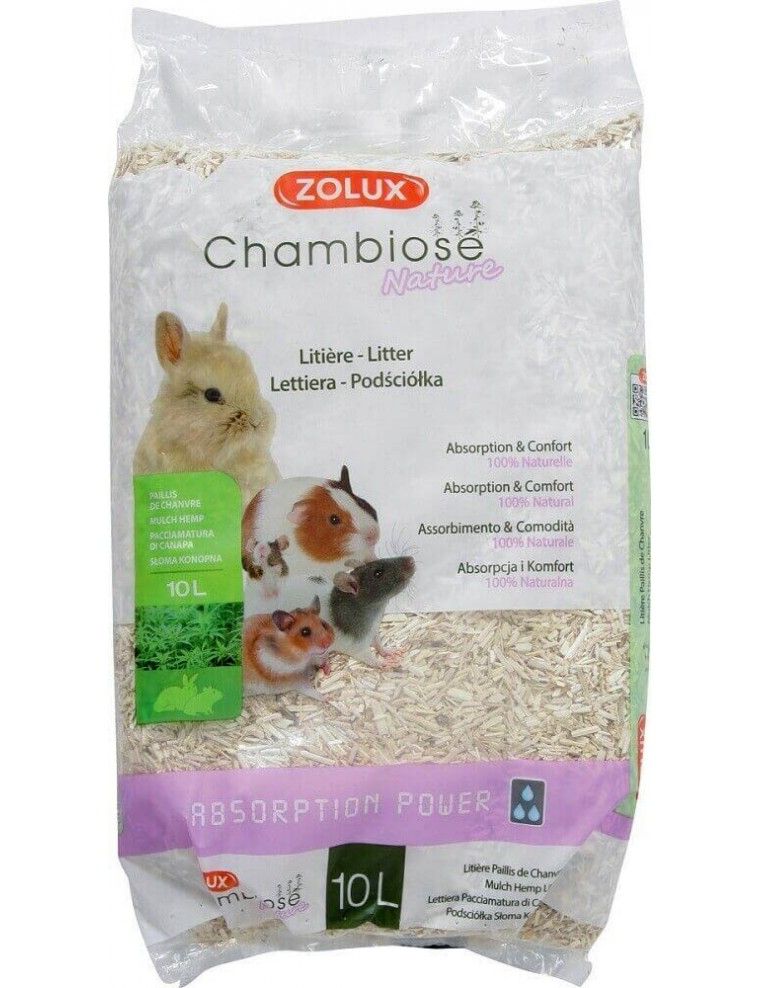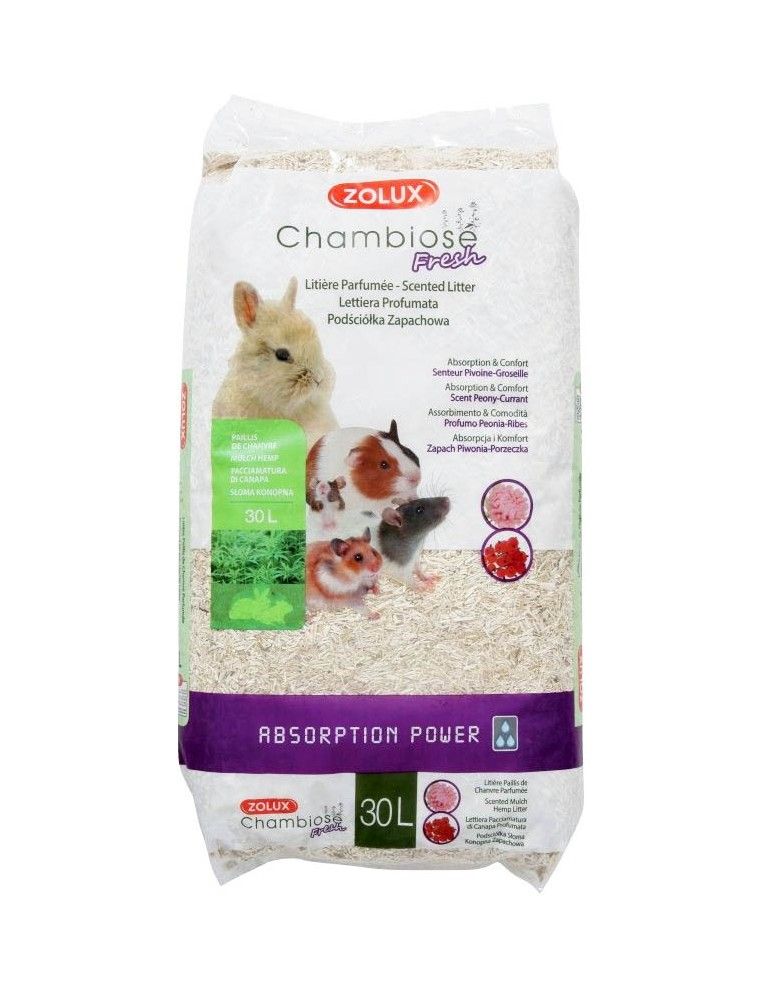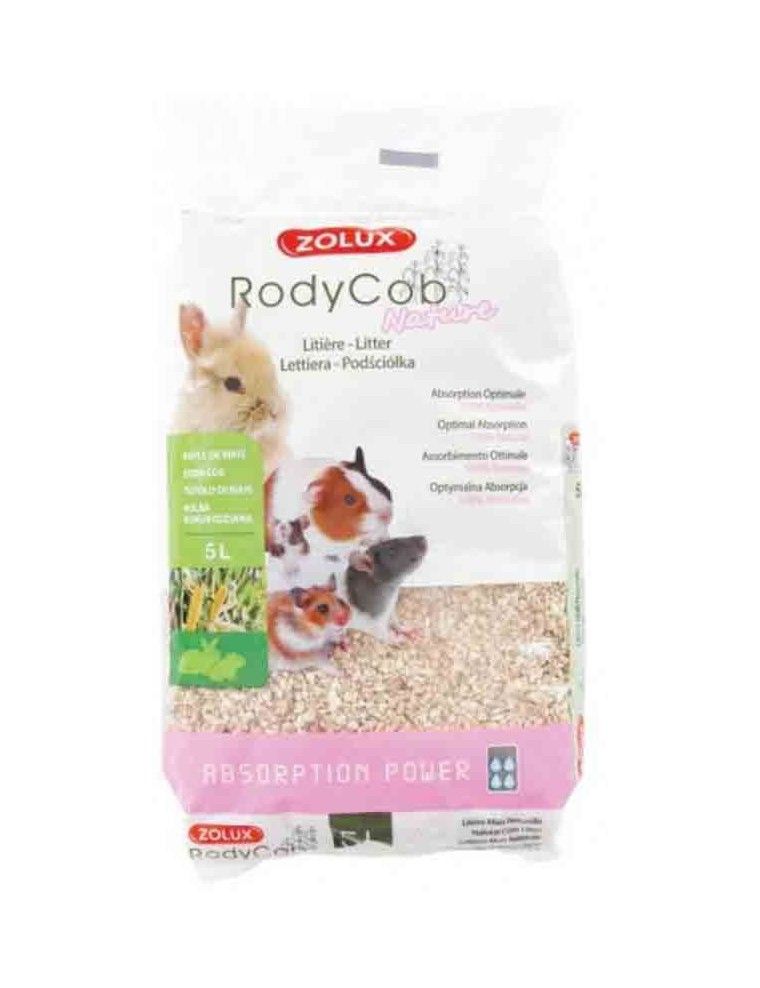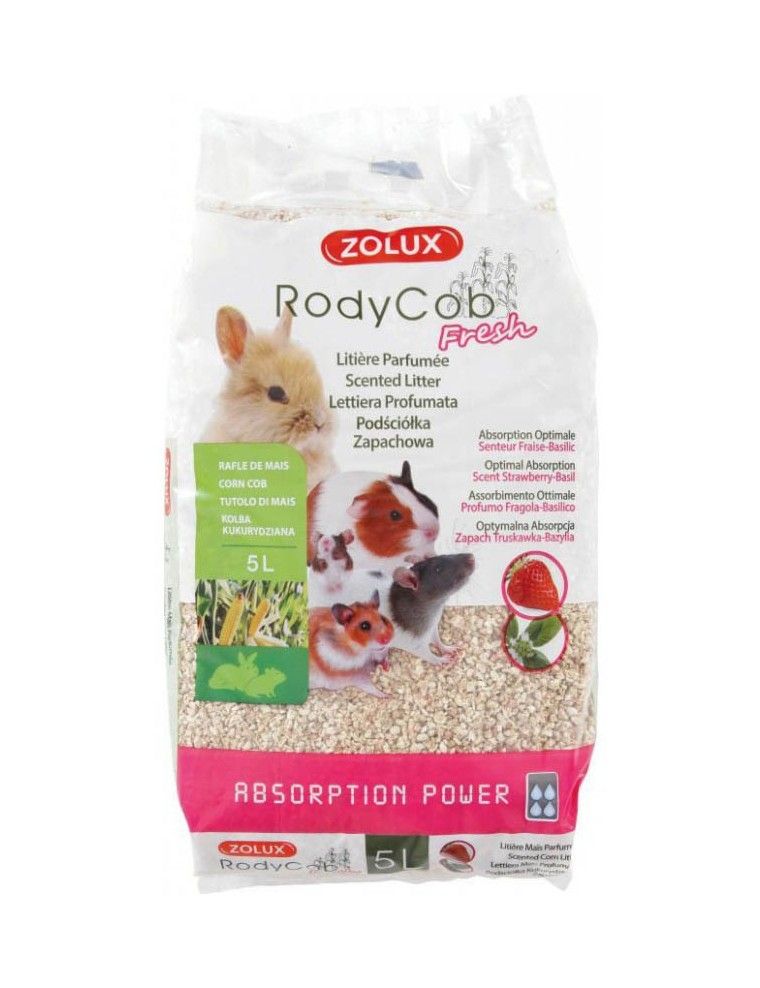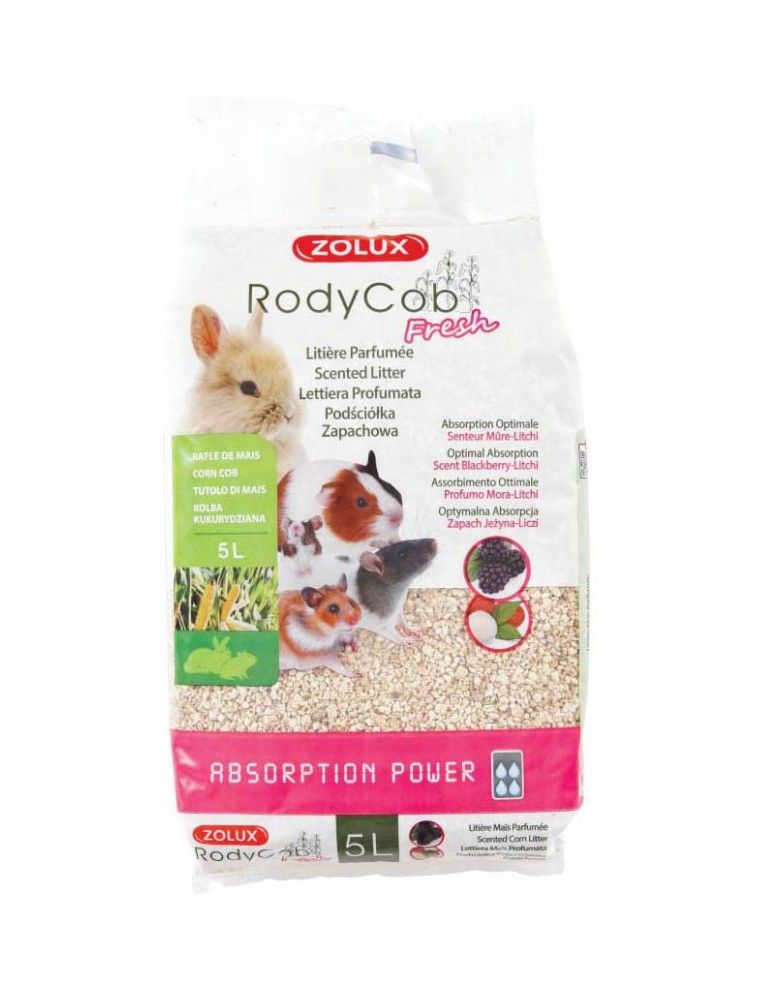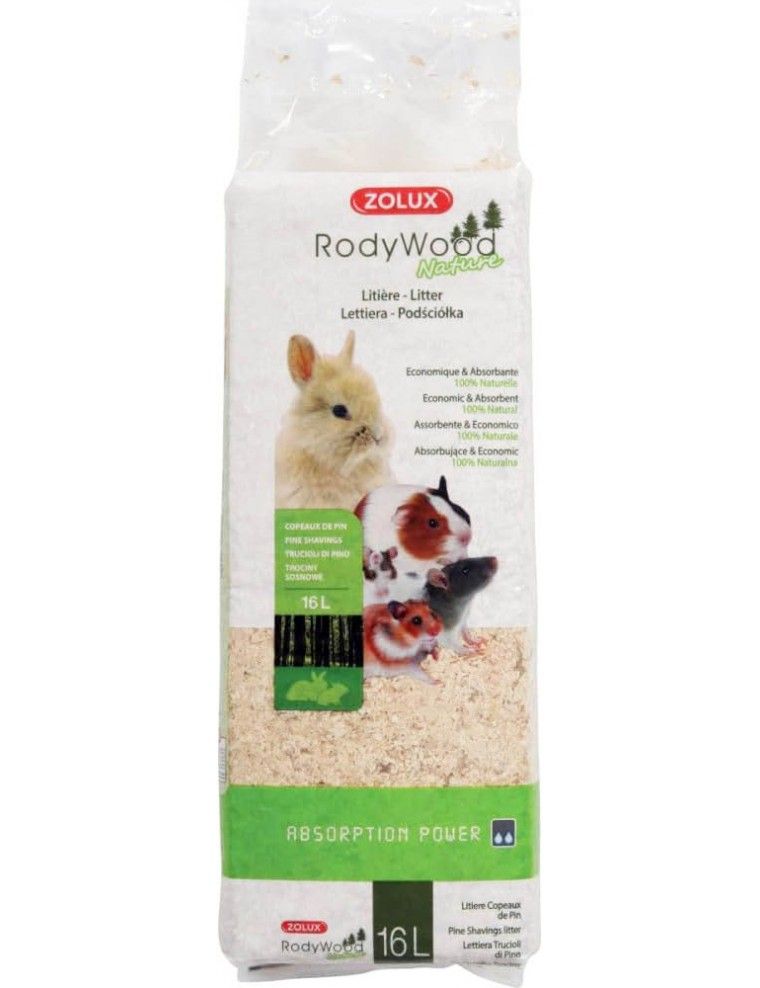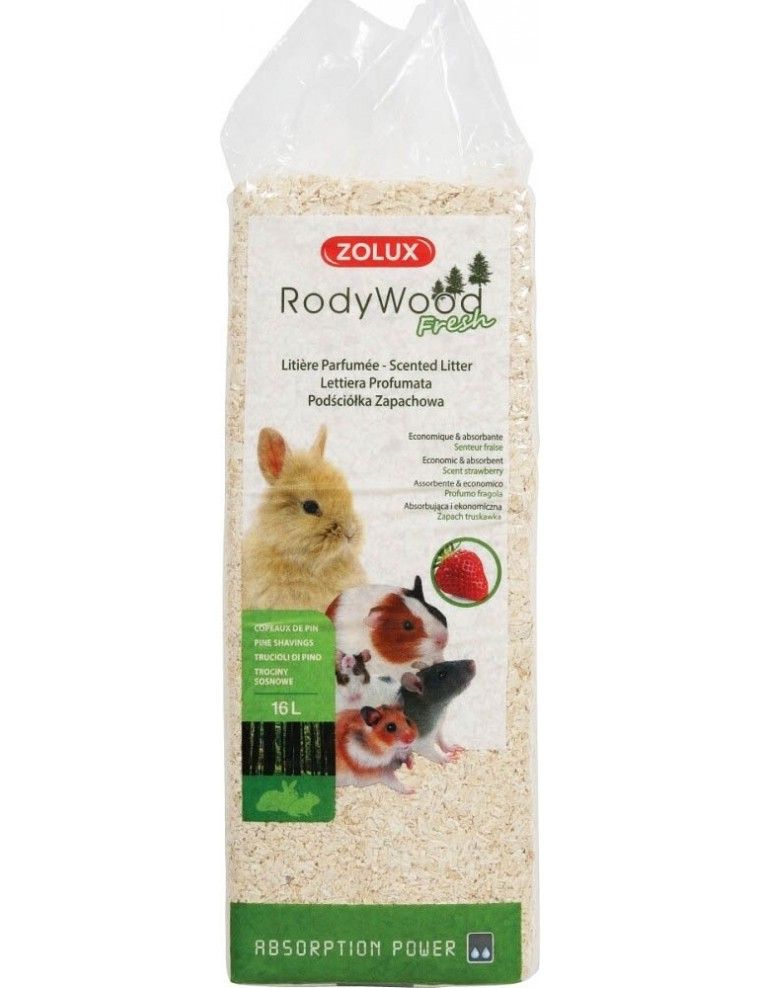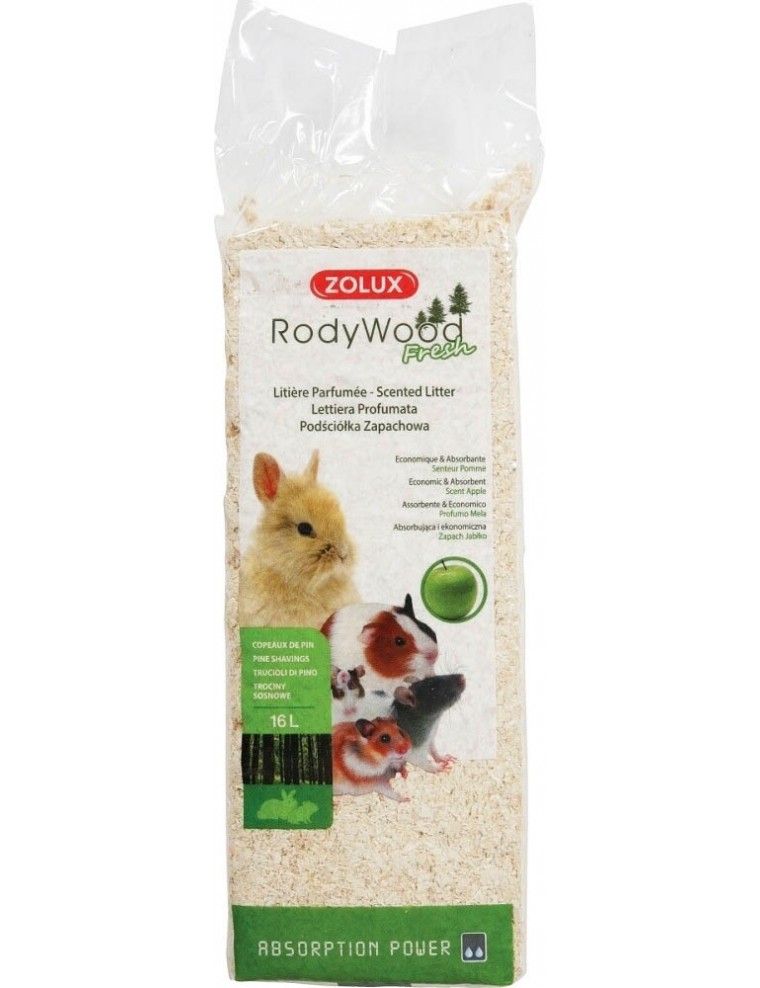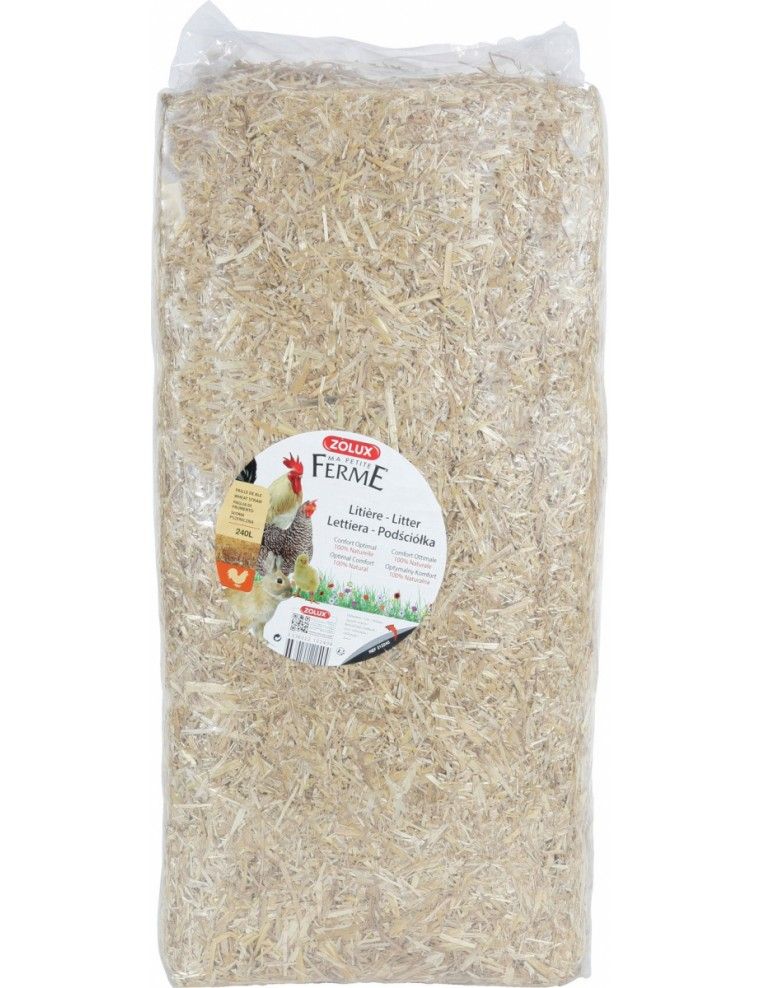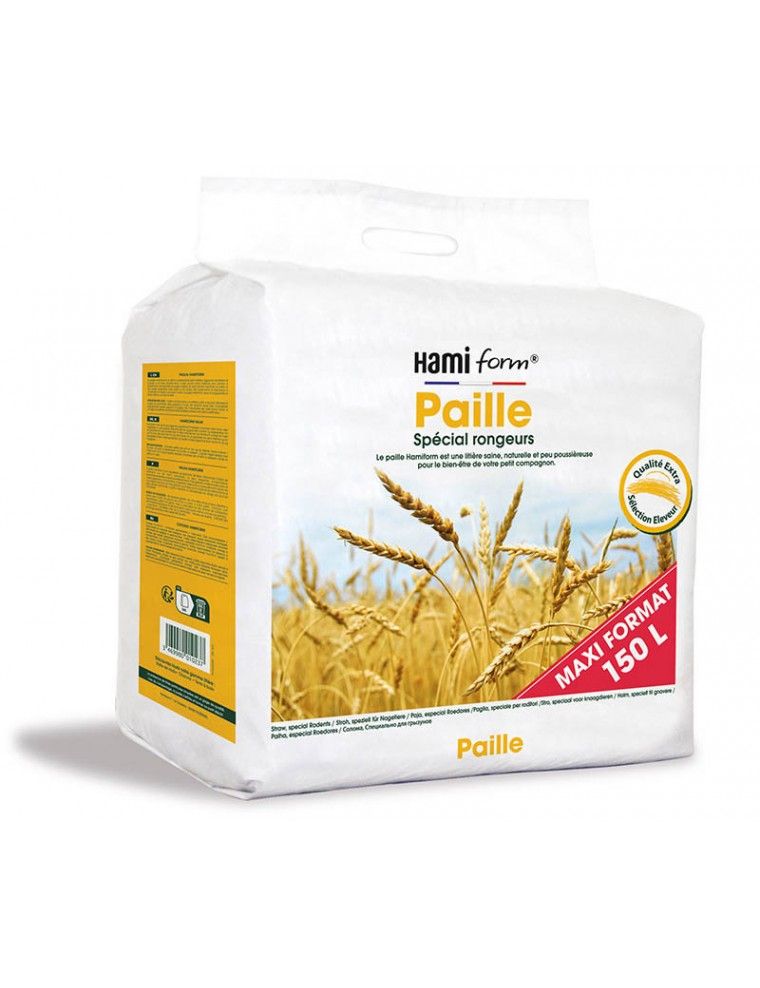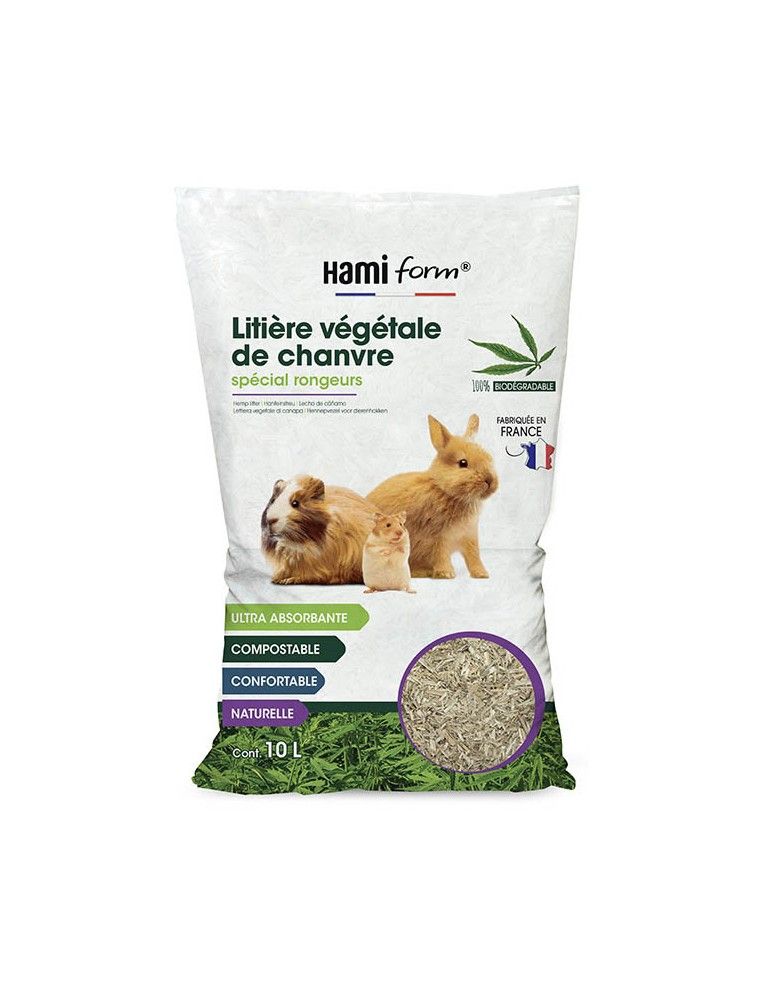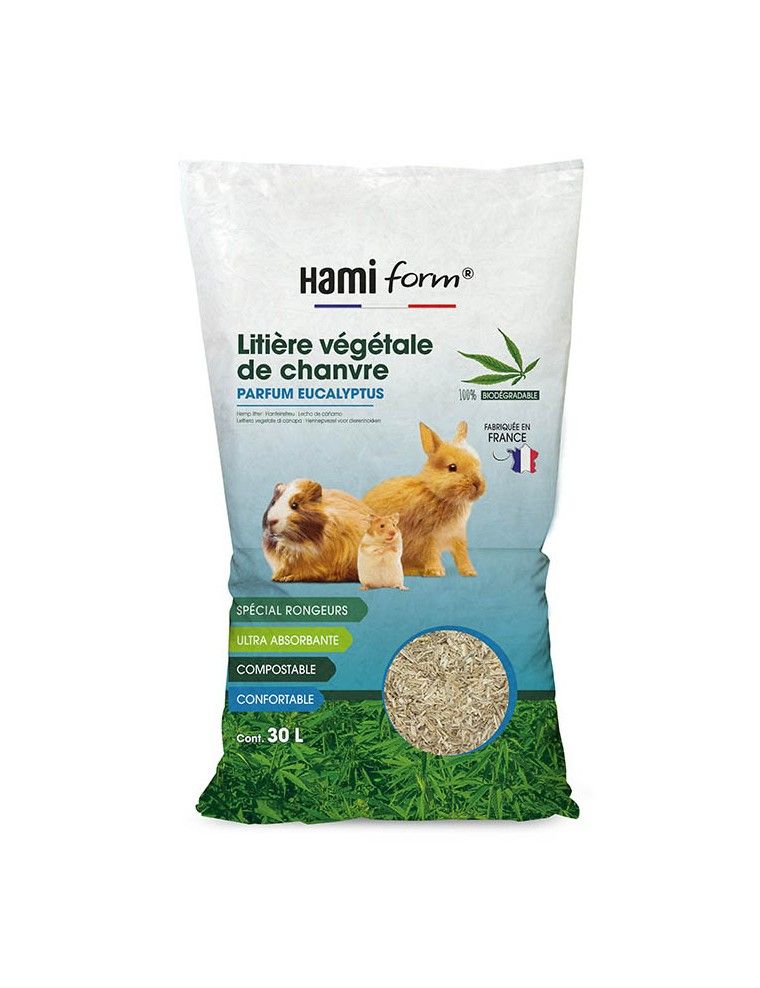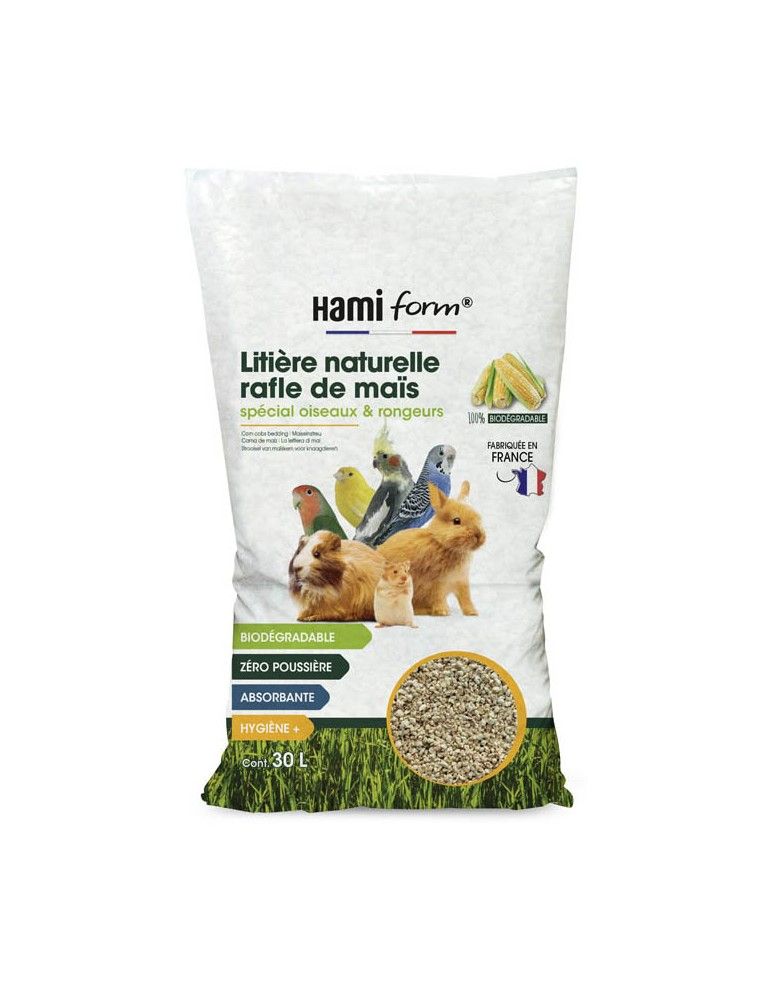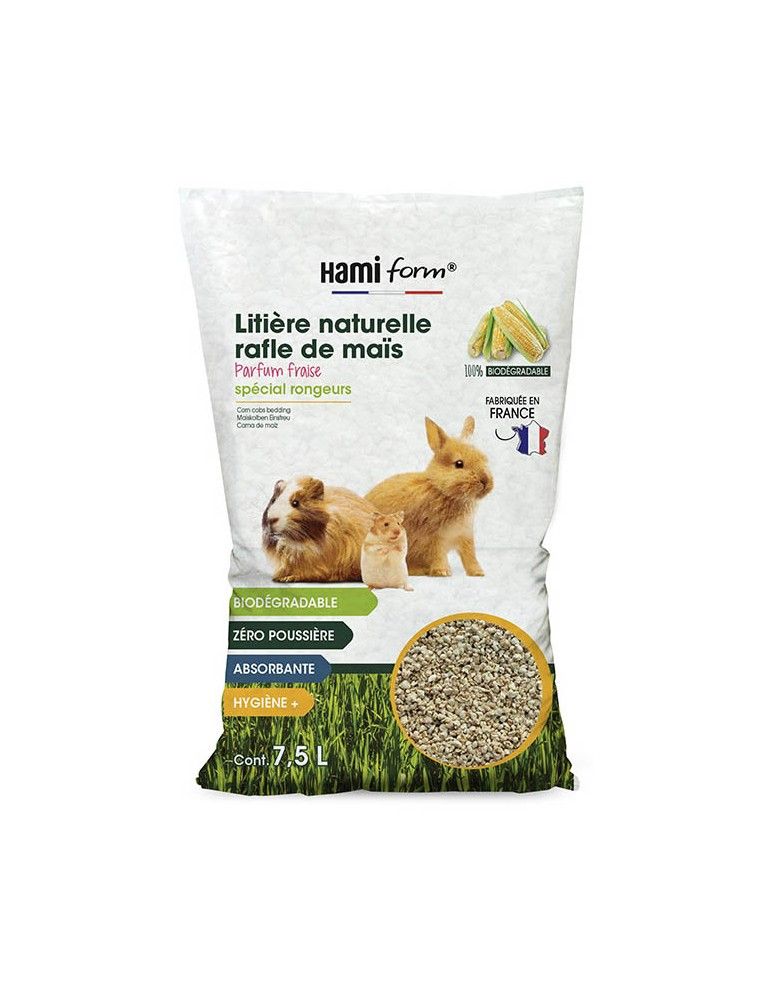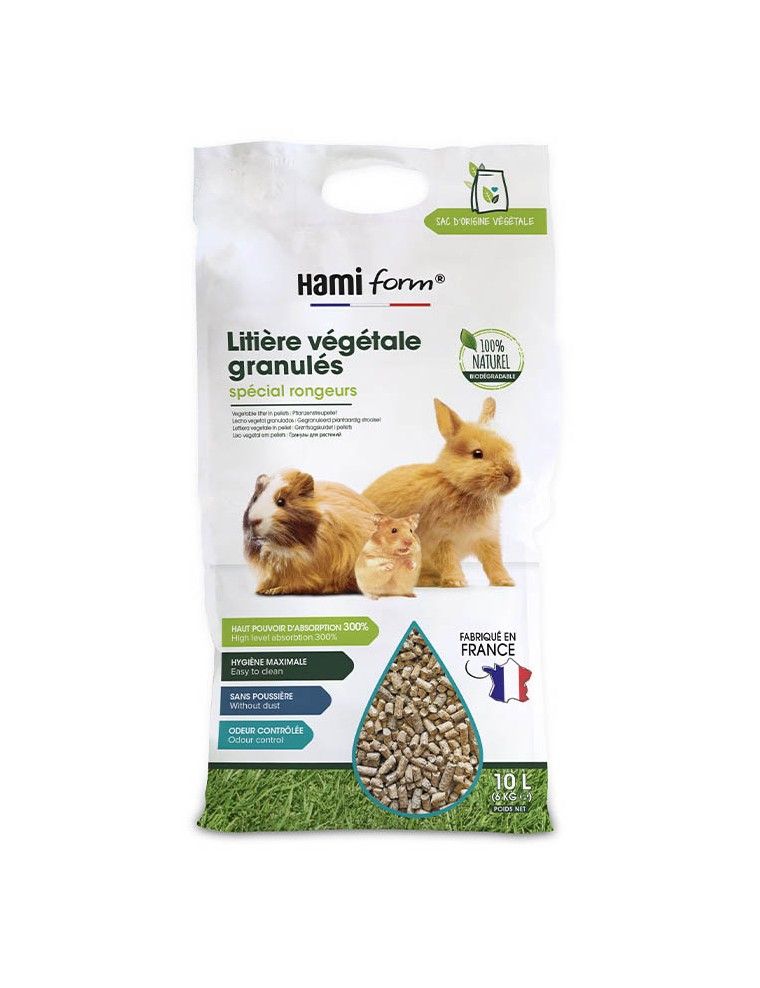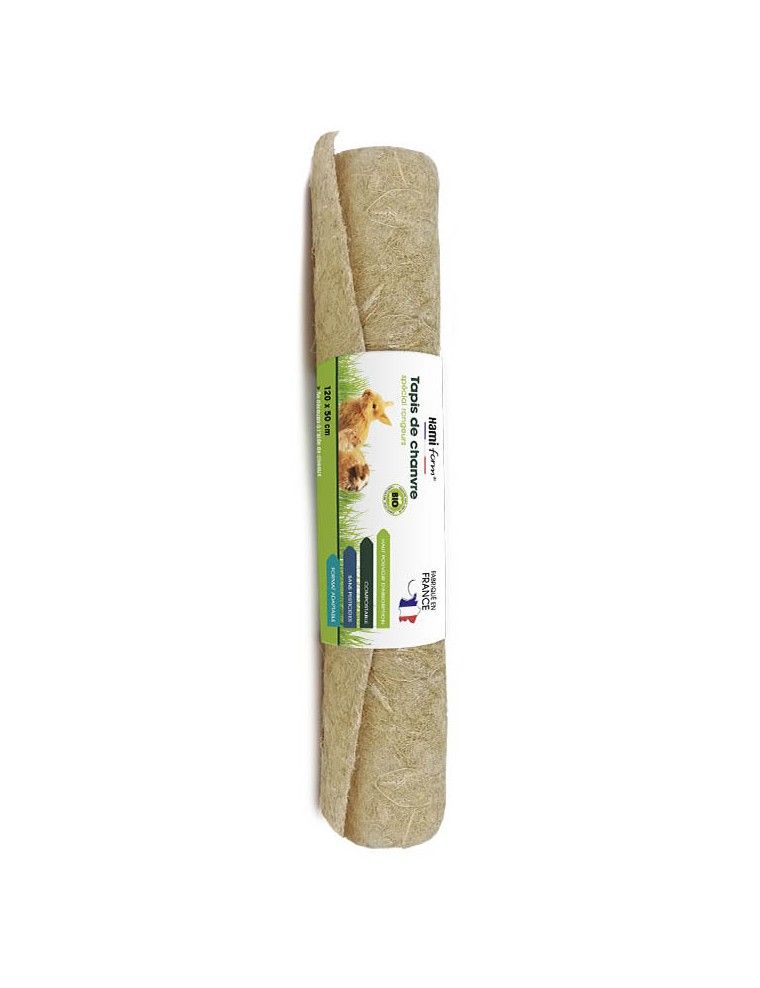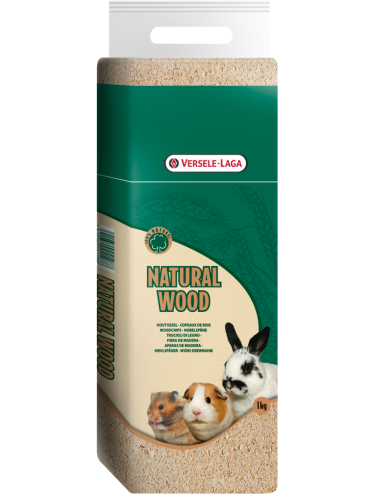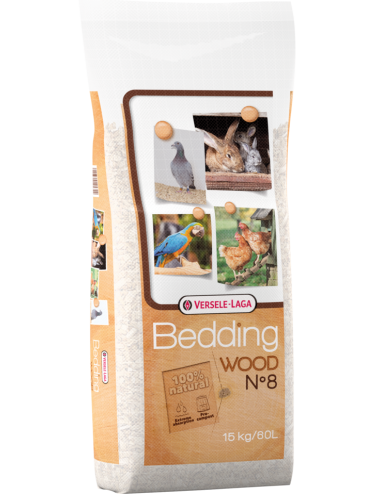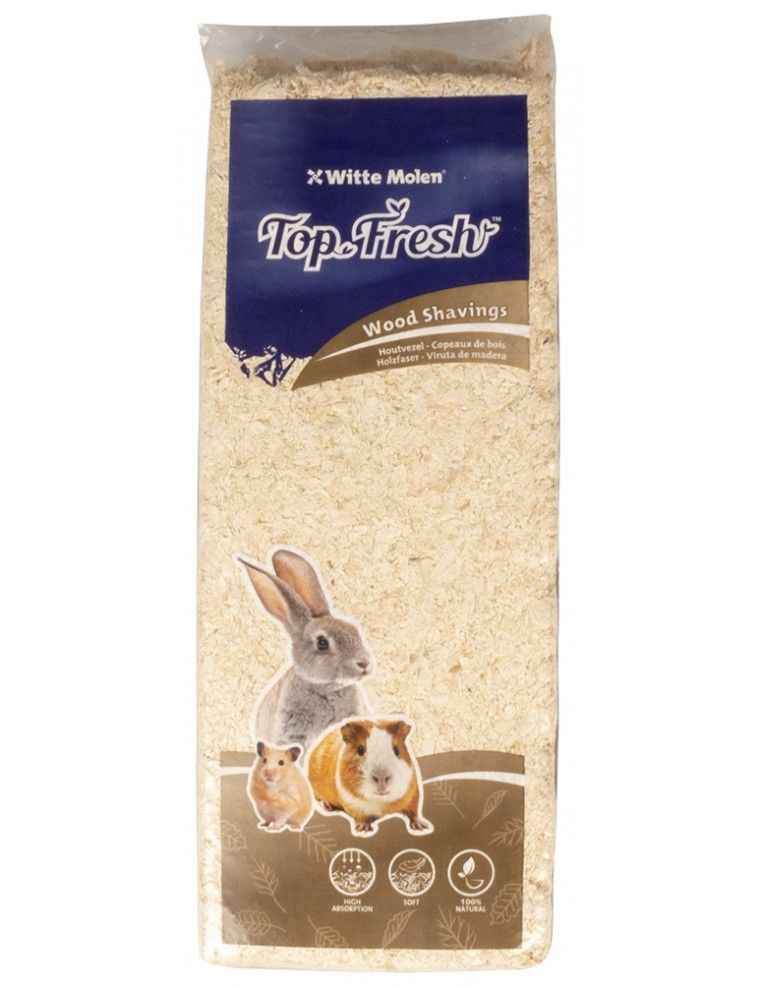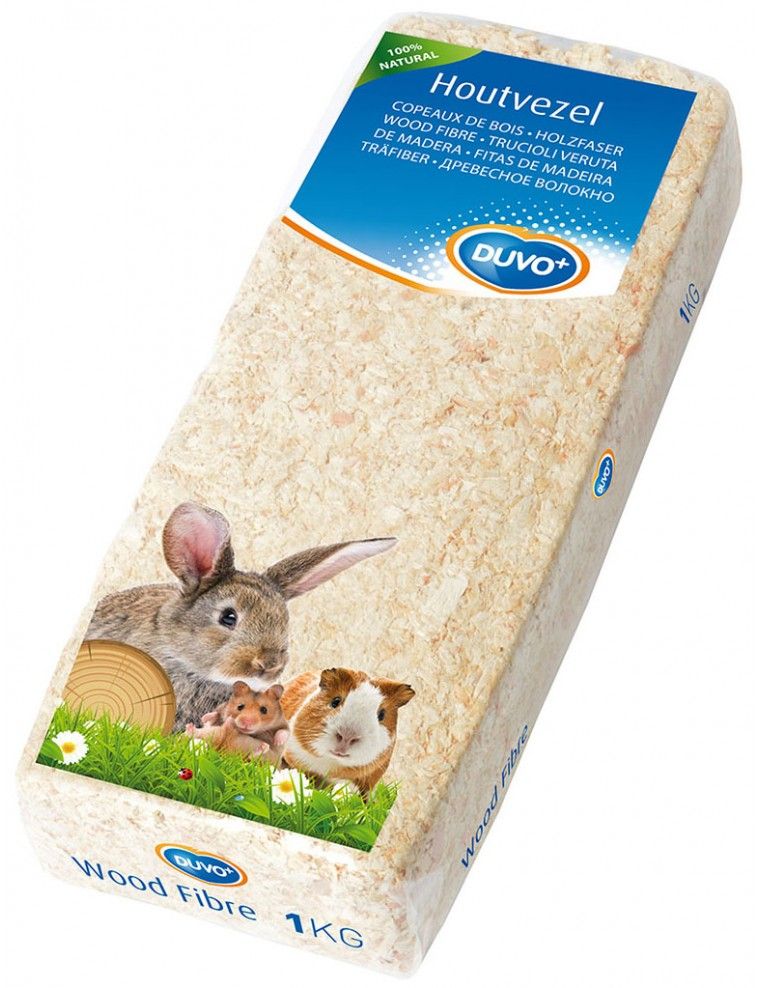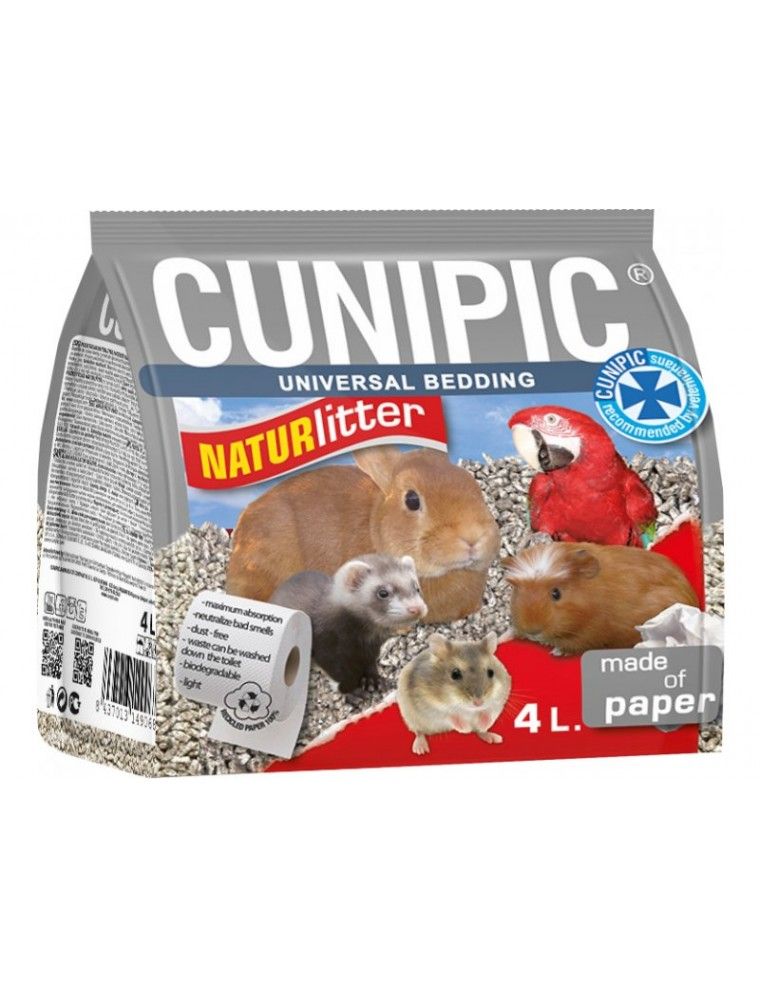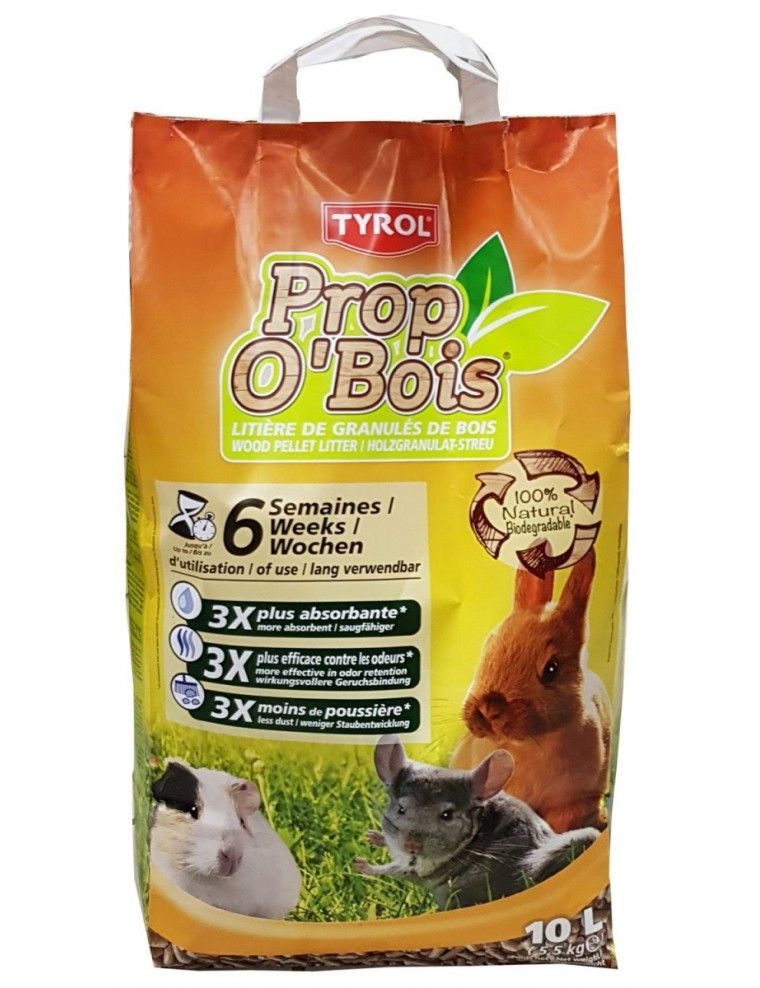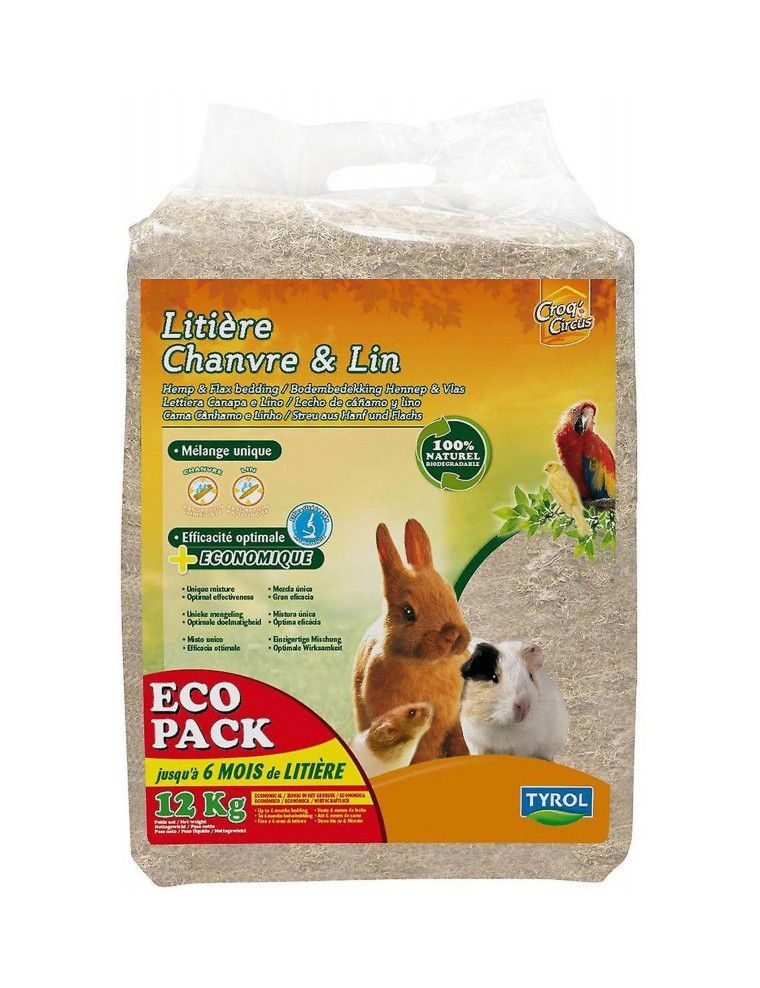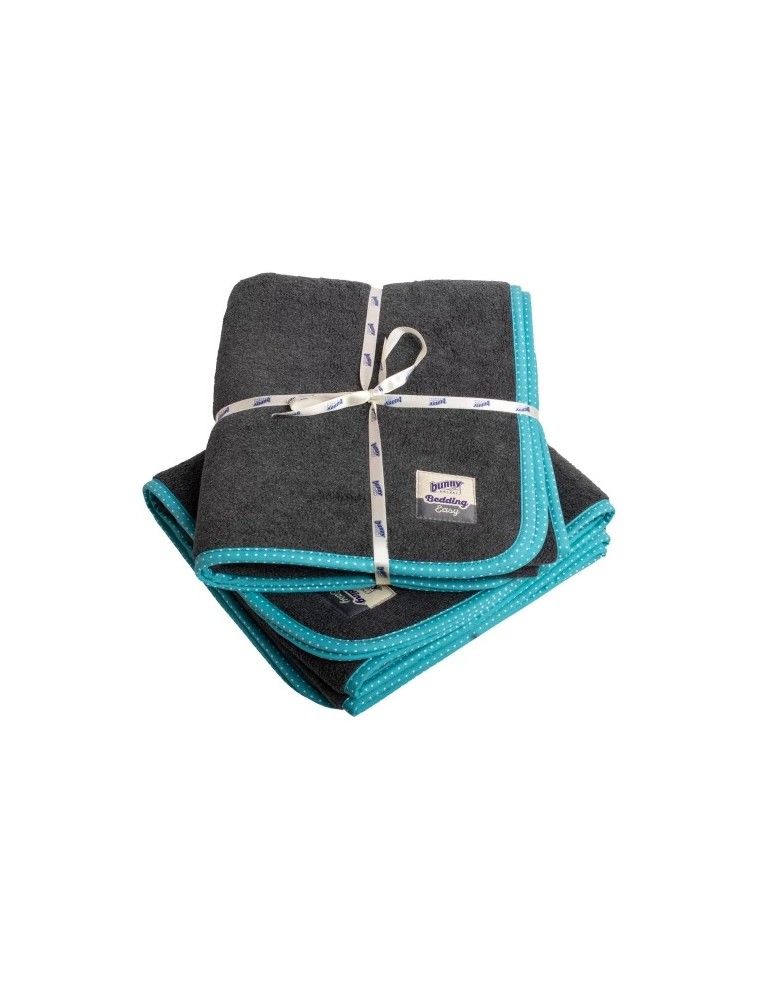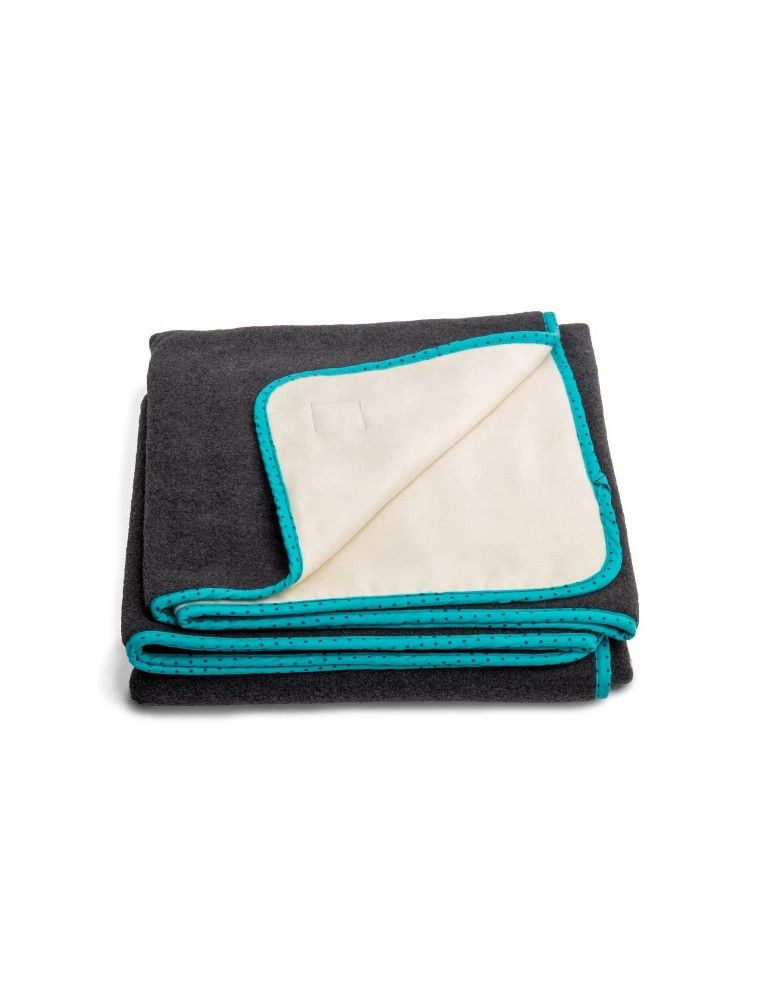- in replenishment
Litter Rabbit
Comfort and cleanliness: choosing the ideal litter for your rabbit
When it comes to the well-being of our rabbit friends, litter is not a subject to be taken lightly. At The Little Rodent, we understand that every rabbit is unique, and so are their litter needs. Whether based on wood chips, bamboo, wood pellets, paper, straw, linen, corn or hemp, our varied range promises a cozy and hygienic nest for your companion.
A range of choices for all tastes
Browsing through our selection of rabbit bedding is like entering a world of tailor-made comfort. With renowned brands such as Bunny Nature , Chipsi , Cunipic , and many others, we offer a range of materials ranging from the most traditional to the most innovative. Wood shavings, hemp, or corn, each option was chosen for its absorbency, its softness and its ability to maintain a clean and welcoming cage.
Quality at the service of hygiene
At Le petit rodent, quality is not just a word, it’s a promise. Choosing the right litter means guaranteeing a healthy environment for your rabbit. We select litter boxes that are easy to clean, control odors and reduce allergens, so your home stays fresh and inviting. Whether it's linen litter for its softness or hemp for its incredible absorbency, we have what you need.
Tips for optimal litter
Knowing how to choose and use your rabbit's litter box is essential. Good litter should be changed regularly to avoid bad odors and maintain hygiene. We offer you personalized advice for each type of litter, helping you find the ideal pace of change and best practices for a habitat that is always clean and comfortable for your rabbit.
Commitment to animal welfare
Litter selection goes beyond cleanliness; it reflects our commitment to the well-being of our little companions. The materials we offer are selected for their minimal impact on the environment and their maximum comfort for rabbits. By opting for ecological and comfortable litters from Le petit rodent, you are making an ethical choice that contributes to the well-being of your animal and the planet.
Litter
Comfort and cleanliness: choosing the ideal litter for your rabbit
When it comes to the well-being of our rabbit friends, litter is not a subject to be taken lightly. At The Little Rodent, we understand that every rabbit is unique, and so are their litter needs. Whether based on wood chips, bamboo, wood pellets, paper, straw, linen, corn or hemp, our varied range promises a cozy and hygienic nest for your companion.
A range of choices for all tastes
Browsing through our selection of rabbit bedding is like entering a world of tailor-made comfort. With renowned brands such as Bunny Nature , Chipsi , Cunipic , and many others, we offer a range of materials ranging from the most traditional to the most innovative. Wood shavings, hemp, or corn, each option was chosen for its absorbency, its softness and its ability to maintain a clean and welcoming cage.
Quality at the service of hygiene
At Le petit rodent, quality is not just a word, it’s a promise. Choosing the right litter means guaranteeing a healthy environment for your rabbit. We select litter boxes that are easy to clean, control odors and reduce allergens, so your home stays fresh and inviting. Whether it's linen litter for its softness or hemp for its incredible absorbency, we have what you need.
Tips for optimal litter
Knowing how to choose and use your rabbit's litter box is essential. Good litter should be changed regularly to avoid bad odors and maintain hygiene. We offer you personalized advice for each type of litter, helping you find the ideal pace of change and best practices for a habitat that is always clean and comfortable for your rabbit.
Commitment to animal welfare
Litter selection goes beyond cleanliness; it reflects our commitment to the well-being of our little companions. The materials we offer are selected for their minimal impact on the environment and their maximum comfort for rabbits. By opting for ecological and comfortable litters from Le petit rodent, you are making an ethical choice that contributes to the well-being of your animal and the planet.
- 4 in stock
- 1 in stock
- in replenishment
- in replenishment
- 3 in stock
- 4 in stock
- 6 in stock
- in replenishment
- in replenishment
- in replenishment
- in replenishment
- in replenishment
- 5 in stock
- 2 in stock
- 6 in stock
- 4 in stock
- 6 in stock
- 9 in stock
- 3 in stock
- 2 in stock
- in replenishment
- 4 in stock
- 1 in stock
- 3 in stock
- 3 in stock
- in replenishment
- 4 in stock
- 19 in stock
- 8 in stock
- 2 in stock
- 9 in stock
- 5 in stock
- in replenishment
- in replenishment
- in replenishment
- in replenishment
- in replenishment
- in replenishment
Questions / Réponses
Pour les lapins, il est recommandé d'utiliser une litière absorbante, sans poussière et non toxique. Les options populaires incluent la litière en papier recyclé, la litière à base de chanvre ou de lin, et les granulés de bois compressés sans arômes ni traitements chimiques. Évitez les litières à base de cèdre ou de pin, car les phénols qu'elles dégagent peuvent être nocifs pour le système respiratoire des lapins. Une bonne litière doit être facile à nettoyer, contrôler les odeurs efficacement et être confortable pour les pattes du lapin.
La litière d'un lapin doit être changée régulièrement pour maintenir un environnement propre et sain. Il est conseillé de retirer les zones souillées tous les jours et de changer complètement la litière au moins une fois par semaine. Cela dépend aussi du type de litière utilisée et du nombre de lapins. Certains types de litière, comme les granulés de bois ou le papier recyclé, peuvent nécessiter des changements moins fréquents grâce à leur bonne capacité d'absorption. Une maintenance régulière prévient les odeurs désagréables et les risques pour la santé, comme les infections urinaires ou les problèmes podaux.
Il est généralement déconseillé d'utiliser de la litière pour chats pour les lapins, surtout les variétés agglomérantes ou parfumées. Ces litières peuvent contenir des substances chimiques ou des parfums qui sont nocifs pour les lapins. De plus, si un lapin ingère de la litière agglomérante, cela peut causer des blocages internes graves. Optez pour une litière spécifiquement conçue pour les lapins ou pour des animaux de petite taille, qui est sûre en cas d'ingestion accidentelle et douce pour leurs pattes.
Pour minimiser les odeurs de la litière de lapin, choisissez une litière très absorbante et changez-la régulièrement. Nettoyez les zones souillées quotidiennement et effectuez un changement complet de la litière au moins une fois par semaine. Utiliser un bac à litière avec un fond grillagé peut également aider à séparer le lapin de ses excréments, réduisant ainsi les odeurs. Une bonne ventilation dans la zone de vie du lapin est cruciale. Enfin, une alimentation équilibrée peut également influencer positivement l'odeur des déjections du lapin.
L'entraînement à la litière pour un lapin commence par observer où il préfère naturellement faire ses besoins et placer la litière à cet endroit. Utilisez une litière adaptée aux lapins et placez une petite quantité de foin au-dessus ou à côté de la litière pour encourager le lapin à y passer plus de temps. Récompensez votre lapin avec des friandises ou des caresses lorsqu'il utilise la litière. Soyez patient et constant avec l'entraînement. Si des accidents se produisent, nettoyez-les immédiatement pour éviter que l'odeur n'incite le lapin à réutiliser le même endroit en dehors de la litière.
Une mauvaise gestion de la litière peut entraîner plusieurs problèmes de santé chez les lapins. Une litière sale peut causer des infections des voies urinaires et des problèmes podaux, comme la pododermatite (mal aux pieds), en raison de l'humidité et de l'ammoniac présents dans l'urine qui irritent la peau. Les lapins sont également susceptibles de développer des problèmes respiratoires à cause de la poussière ou des fumées chimiques émanant de certaines litières. Il est crucial de maintenir l'habitat du lapin propre et d'utiliser une litière appropriée pour prévenir ces problèmes.
Si vous avez plusieurs lapins, il est souvent recommandé d'avoir un bac à litière pour chacun, surtout si les lapins ne sont pas encore habitués à partager ou si vous commencez tout juste à les entraîner à la litière. Cela aide à éviter les conflits territoriaux et assure que chaque lapin ait un endroit confortable et accessible pour faire ses besoins. Cependant, certains lapins qui vivent ensemble depuis longtemps et qui s'entendent bien peuvent partager le même bac à litière sans problème. Observez le comportement de vos lapins pour déterminer la meilleure configuration pour leur bien-être.
